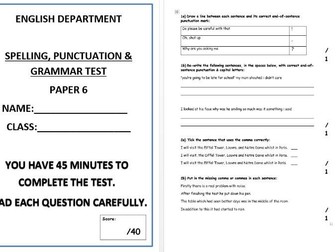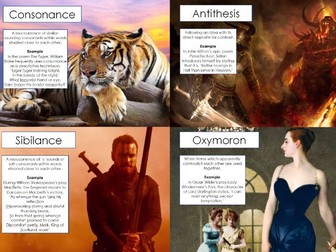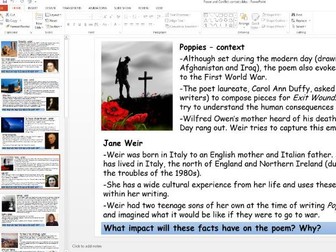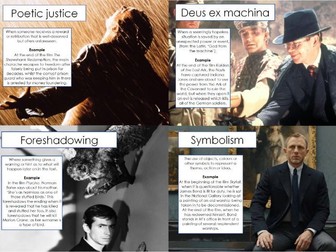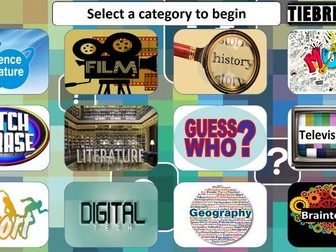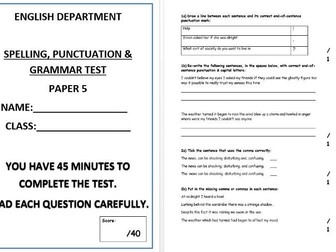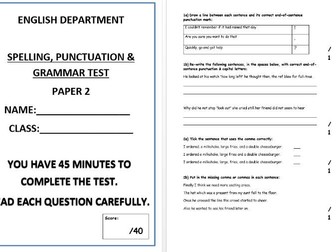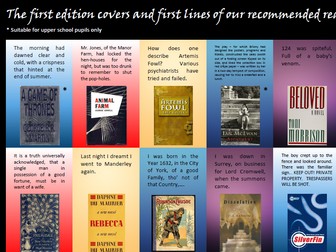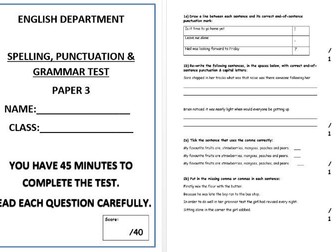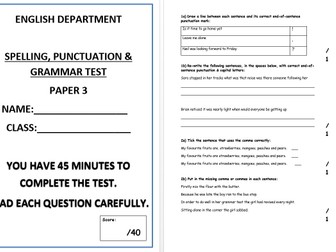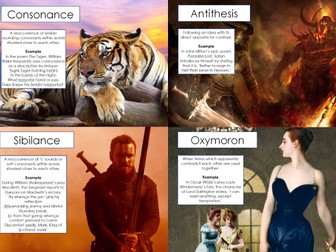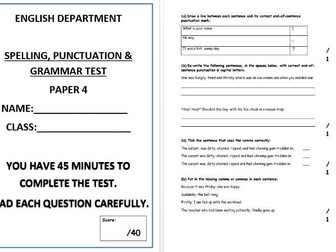AQA Power and Conflict poetry anthology displays
15 Publisher files of the poems from the GCSE AQA Power and Conflict poetry anthology for use as eye-catching displays for your pupils. Each separate file contains the text of the poem and a high-resolution image representing it. The poems are:<br />
<br />
Bayonet Charge by Ted Hughes<br />
Charge of the Light Brigade by Alfred Lord Tennyson<br />
Checking Out Me History by John Agard<br />
Exposure by Wilfred Owen<br />
Kamikaze by Beatrice Garland<br />
London by William Blake<br />
My Last Duchess by Robert Browning<br />
Ozymandias by Percy Bysshe Shelley<br />
Poppies by Jane Weir<br />
Remains by Simon Armitage<br />
Storm on the Island by Seamus Heaney<br />
The Émigrée by Carol Rumens<br />
The Prelude by William Wordsworth<br />
Tissue by Imtiaz Dharker<br />
War Photographer by Carol Ann Duffy<br />
<br />
Each Publisher file can be printed to suit the display / poster space you wish to fill (although I would recommend a maximum of A2 for best quality). A selection of the displays can be viewed in the preview.<br />
<br />
Please also see my similar displays for the Love and Relationships cluster of poems.





